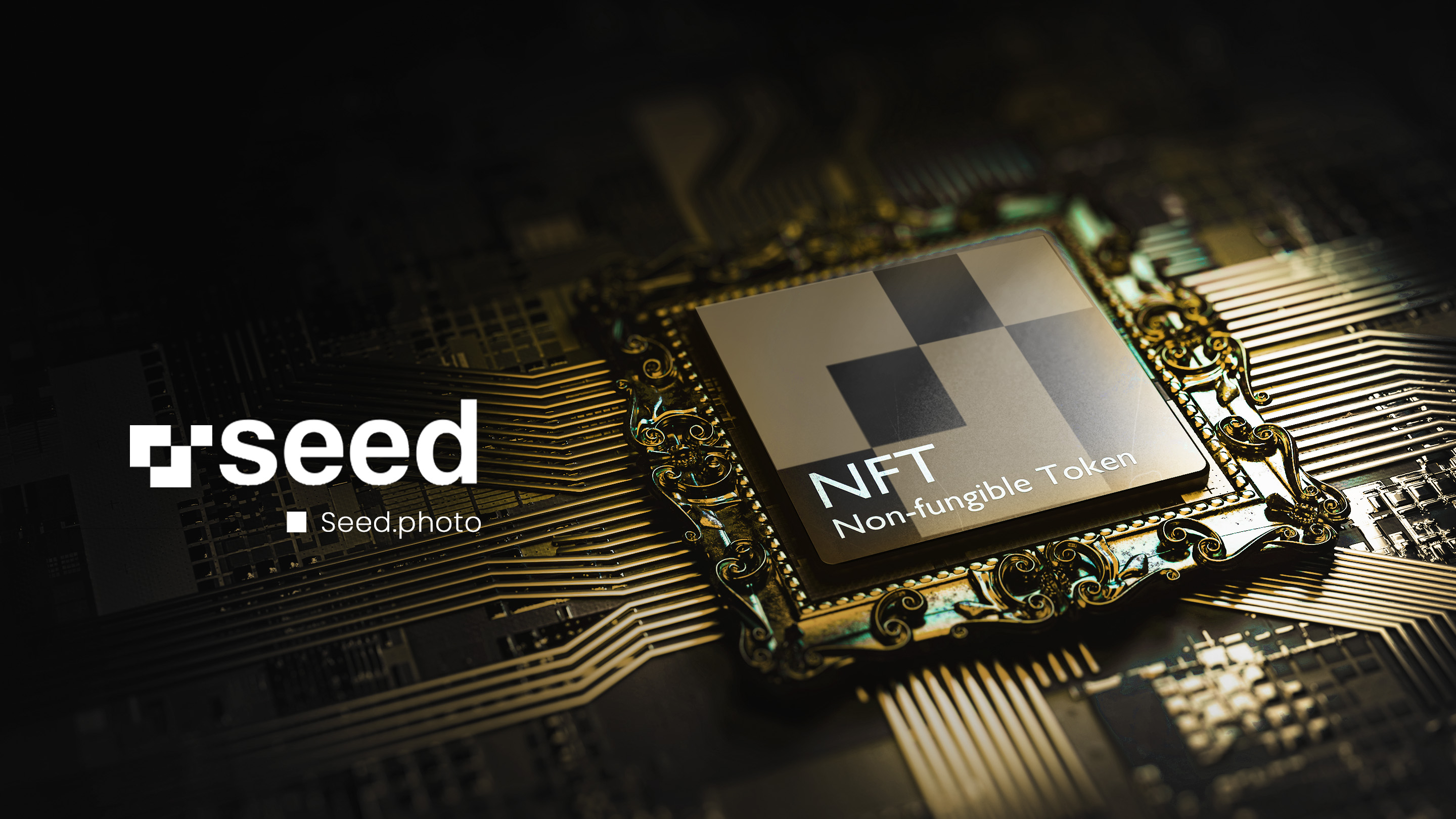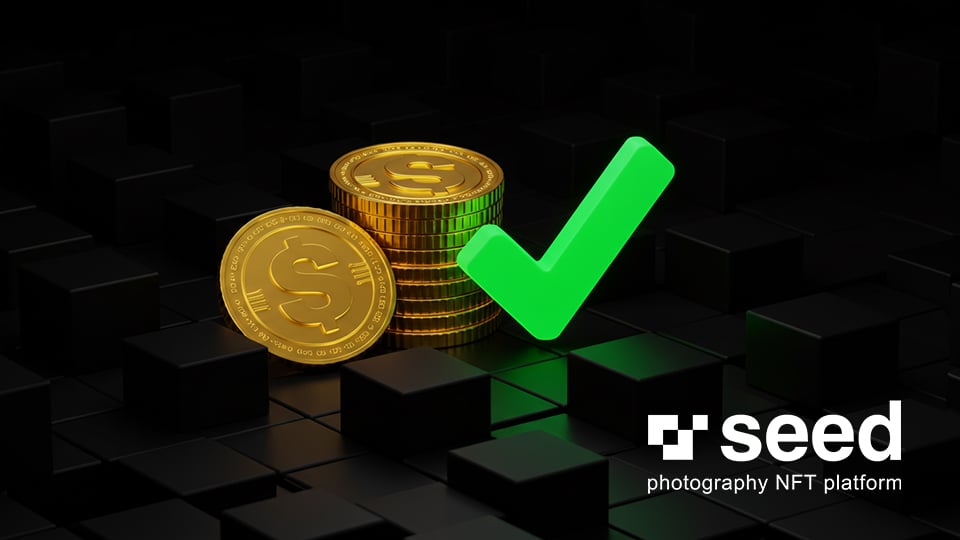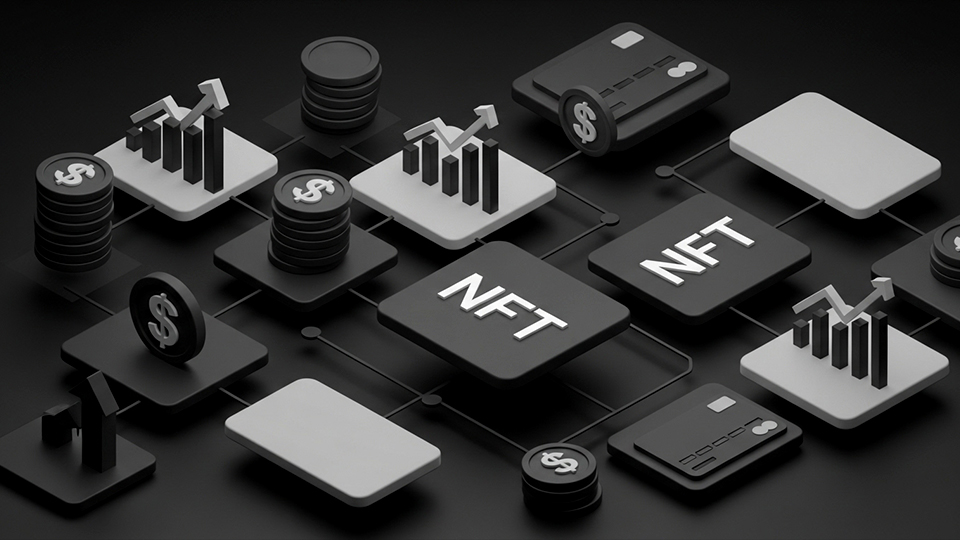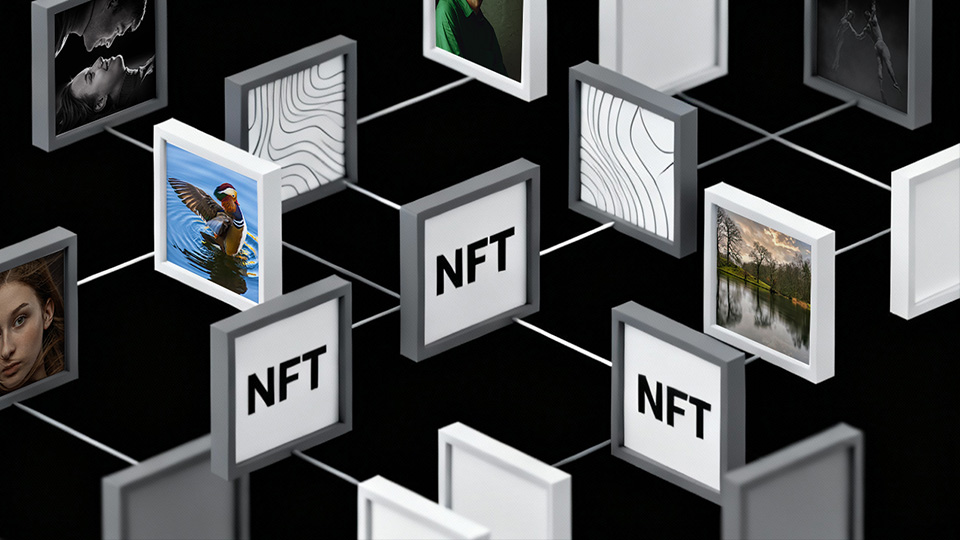How to Launch and Promote Your Own Crypto Token Successfully
Your Step-by-Step Guide to Build, Launch and Promote Your Own Cryptocurrency Token.
Creating and promoting your own crypto offers an exciting opportunity for innovators, businesses, and developers to create value and drive new solutions. However, success in this space goes beyond just creating a token—it requires strategic planning, technical expertise, and an effective marketing approach. This guide will break down the essential steps to help you not only launch your token but also position it for long-term success.
Define Your Purpose and Use Case
Before diving into development, clearly define the purpose of your token. Ask yourself:
- What problem does it solve?
- Is it a utility token or a security token?
- How will users benefit from holding or using it?
A well-defined use case will serve as the foundation for all future decisions, from technical design to marketing campaigns. It helps potential investors and users understand the value proposition and sets clear expectations for the token’s role in your ecosystem.
Choose the Right Blockchain Platform
Selecting the appropriate blockchain platform is a crucial step. Popular choices include Ethereum, Binance Smart Chain, and Solana. Consider factors such as scalability, transaction fees, ecosystem support, and developer resources.
Each platform comes with its strengths and limitations. For example, Ethereum is widely adopted but may have higher gas fees, while Binance Smart Chain offers lower transaction costs and faster processing times. The choice of blockchain will directly impact your token’s functionality and user experience.
Develop Your Token
Work with experienced blockchain developers to ensure your token is secure and reliable. Common standards include ERC-20 (fungible tokens) and ERC-721 (NFTs). Ensure your smart contract is thoroughly tested and audited to prevent vulnerabilities.
Token development involves coding smart contracts, setting up token distribution rules, and integrating wallet compatibility. Security audits by reputable firms are essential to mitigate risks and reassure investors.
Draft a Comprehensive Whitepaper
Your whitepaper should outline your token’s purpose, technical details, tokenomics, and long-term roadmap. This document is essential for building credibility and attracting investors.
An effective whitepaper is transparent, well-structured, and provides technical clarity. It should cover details such as token supply, distribution plans, governance structure, and future updates. A compelling whitepaper can be a deciding factor for potential stakeholders.
Plan Your Token Sale (ICO, IEO, or IDO)
If fundraising is part of your strategy, consider hosting an Initial Coin Offering (ICO), Initial Exchange Offering (IEO), or Initial DEX Offering (IDO). Ensure compliance with financial regulations to avoid legal hurdles.
A successful token sale requires proper planning, pricing strategies, and promotional campaigns. Compliance with regional and international financial regulations is critical to avoid legal complications.
Establish a Strong Online Presence
Create a professional website, set up social media accounts, and build a community on platforms like X, Discord and Telegram. Transparency, regular updates, and active engagement are key to building trust with your audience.
Your online presence acts as the face of your project. A well-designed website with clear information, an FAQ section, and easy navigation is essential. Social media platforms help create community interactions and provide timely updates.
Leverage content marketing, influencer partnerships, press coverage, and community engagement to generate buzz. Hosting AMAs (Ask Me Anything) and offering incentives can also boost interest.
Marketing efforts should be tailored to your target audience. Utilize social media campaigns, educational content, and strategic partnerships with industry influencers. Transparency in communication builds credibility and trust.
Get Listed on Exchanges
Listing your token on both decentralized exchanges (DEXs) like Uniswap and centralized exchanges (CEXs) like Binance enhances visibility and accessibility for potential investors and users.
Exchange listings provide liquidity and increase token visibility. Start with decentralized exchanges for easier access, then aim for centralized exchanges for broader exposure.
Build and Nurture Your Community
A strong community is essential for long-term success. Keep your supporters informed, address concerns promptly, and encourage community-driven initiatives.
Communities act as the backbone of any successful token project. Engage with your members regularly, provide updates, and create incentives like loyalty rewards or airdrops to keep users invested in the project.
Track, Analyze, and Adapt
Monitor your token’s performance metrics, gather user feedback, and remain adaptable. The cryptocurrency market evolves rapidly, and agility is key to staying relevant.
Use analytics tools to track metrics such as trading volume, wallet activity, and community engagement. Feedback from users can highlight areas for improvement, ensuring your token adapts to changing market conditions.
Creating and marketing a cryptocurrency token is a challenging yet rewarding process. With a clear vision, robust technology, and a strong community-focused strategy, you can successfully launch and promote your own crypto in the competitive crypto space.





